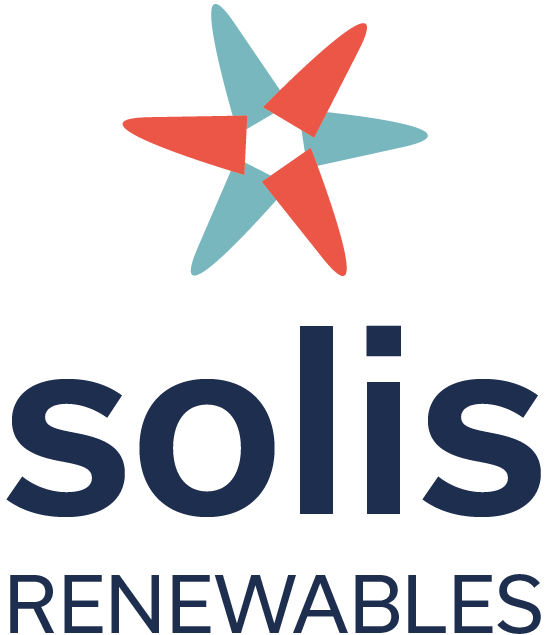Virtual Power Plants (VPP): Paving the Way Towards a Decentralized Energy Landscape
In today's rapidly evolving power market landscape, virtual power plants (VPPs) have emerged as an innovative concept that holds immense potential for shaping the future of the grid. By leveraging the capabilities of distributed energy resources (DER), VPPs enable the aggregation of diverse assets such as solar panels, wind farms, energy storage systems, and demand-responsive devices into a virtual network. In this blog post, we will explore the benefits, market trends, business models, and the role of VPPs in the decentralized power grid of the future.
Understanding Virtual Power Plants
A VPP can be defined as a cloud-based distributed power plant that harnesses the capacities of a diversified set of DERs. By networking these resources, VPPs enhance power generation, enable trading or selling of excess power on the electricity market, and offer demand-side options for load reduction. This novel approach provides numerous advantages for the energy sector, utilities, and end consumers alike.
Benefits of Virtual Power Plants
VPPs offer a host of benefits that contribute to a more sustainable and resilient energy system:
Grid Stabilization: VPPs play a crucial role in balancing fluctuations in renewable energy generation, ensuring grid stability, and reducing the need for conventional, sometimes peaker, fossil fuel power plants.
Integration of Renewables: VPPs facilitate the seamless integration of renewable energy sources into the grid, enabling higher penetration levels of solar and wind power.
Peak Load Management: By aggregating flexible capacity from DERs, VPPs effectively address peak electricity demand, reducing strain on the grid during periods of high consumption.
Cost Optimization: VPPs optimize energy dispatch and trading, potentially maximizing revenue for participants and reducing operational costs for utilities.
VPP Market Trends
The VPP market has witnessed significant growth in recent years, driven by increasing renewable energy deployment and advancements in technology. According to industry reports, the global VPP market is expected to expand at a substantial rate in the coming years. Factors such as government support, favorable policies, and the need to transition to a low-carbon economy are driving market growth.
VPP Business Models
Several business models have emerged in the VPP space, catering to the diverse needs of stakeholders:
Aggregator Model: In this model, a third-party aggregator brings together DERs from multiple participants, manages their operations, and trades energy on their behalf.
Utility-Owned Model: Utilities establish and operate their own VPPs, leveraging their existing infrastructure and customer base to optimize energy resources and enhance grid resilience.
Community-Based Model: This model empowers communities to participate in VPPs, allowing them to collectively benefit from renewable energy generation, energy trading, and reduced electricity costs.
VPP and the Decentralized Power Grid
VPPs are at the forefront of the transition toward a decentralized power grid. By leveraging DERs and intelligent software platforms, VPPs empower prosumers (consumers who also produce energy) to actively participate in the energy market, transforming them into active contributors to grid stability and reliability. This decentralized approach fosters energy democratization, enhances grid resilience, and accelerates the adoption of clean energy resources.
The Future of the Grid
As the energy industry embraces decarbonization and grid modernization, VPPs will likely play an increasingly crucial role in shaping the future of the grid. Their ability to aggregate and optimize diverse DERs offers immense potential for creating a more reliable and balanced energy system. The integration of VPPs, coupled with emerging technologies like blockchain and artificial intelligence, may pave the way for a more flexible and consumer-centric grid.
Conclusion
Virtual power plants (VPPs) are revolutionizing the energy sector by harnessing the collective power of distributed energy resources. With their numerous benefits, including grid stabilization, renewables integration, peak load management, and cost optimization, VPPs are poised to be a key driver of the energy transition. As the market expands and innovative business models emerge, VPPs will continue to reshape the decentralized power grid and play a pivotal role in shaping the future of the grid.
